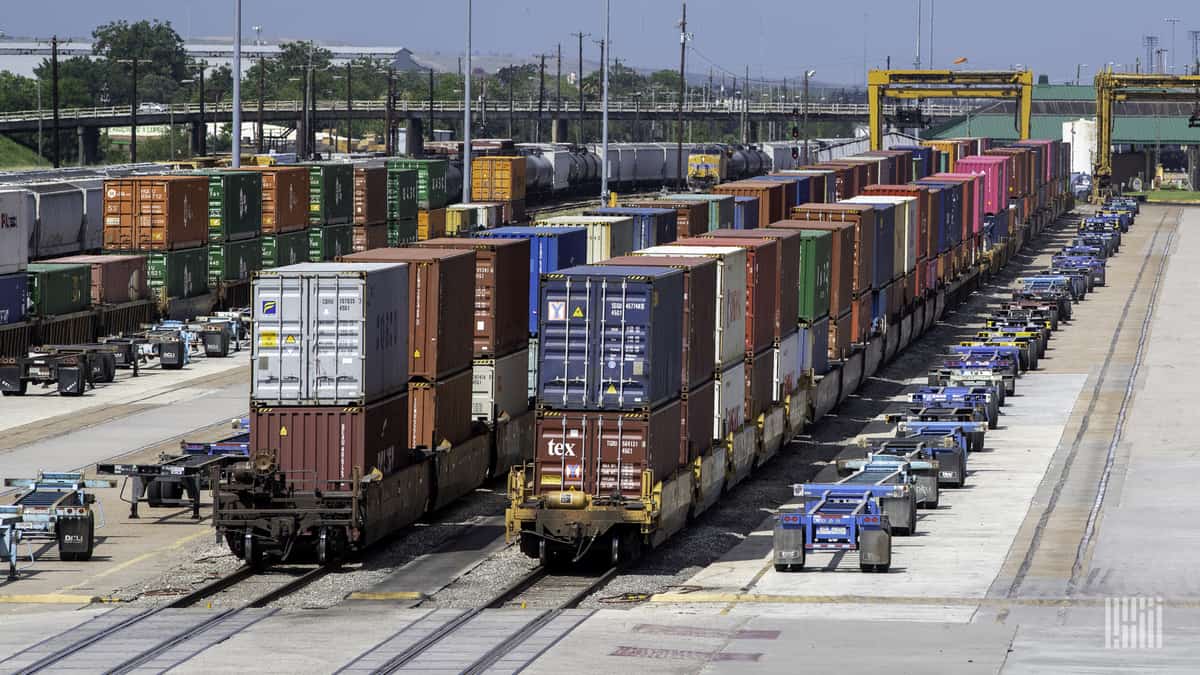By removing power and capacity from the tracks and restricting services over the past few years, railroads have positioned themselves to benefit from rapidly strengthening trucking markets and take price on contract freight, in our view.
In some cases — outbound Los Angeles — intermodal spot rates are higher than trucking spot rates. While intermodal spot markets are relatively insignificant compared to trucking spot markets, if upward rate pressure proves sustainable, then contract prices will eventually move.
On Thursday, we’ll hear from J.B. Hunt about the second quarter, for which results may be better than expected. What analysts will be waiting to hear, though, is the company’s guidance for the third quarter. After a round of informal polls of transportation companies Wednesday morning, we believe that Q3 guidance will be much more constructive/positive than equities markets are anticipating, though recent research from Morgan Stanley and Susquehanna has been positive as well.
Longer term, intermodal pricing will have to play a role in railroads’ ability to drive operating ratios lower, given that intermodal constitutes roughly half of Class I volumes. Shippers may find themselves in a situation where intermodal is no longer an inexpensive safety valve when trucking markets get tight. Intermodal rates and capacity may be more volatile in the back half of 2020.
Members Only
You have selected content that's only available to members of FreightWaves Passport. As a member, you gain immediate access to the most in-depth and informative freight research available. It's your gateway to continuing education.
Members also get:
- Access to exclusive community dedicated to discussing the most important challenges facing freight.
- Monthly and Quarterly Freight Market reports keeping you informed of industry trends.
- Much, much more!
Click below to learn more and sign up today!
Subscribe
Existing Passport subscribers may log in using the form below.
